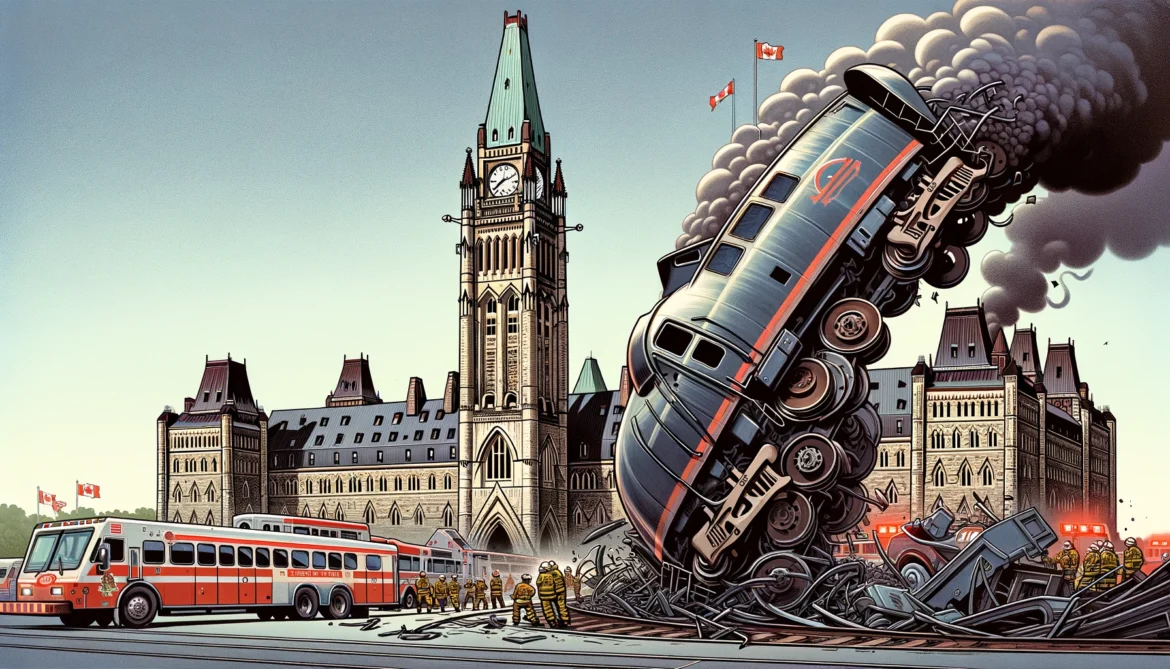By Bruce Campbell, York University, Canada
The federal government introduced a recurring annual regulatory modernization bill in 2019 covering all regulatory agencies, including energy, agriculture, transportation, health and telecommunications.
The proposed legislation is currently in consultation with businesses, industry associations, academics and Canadians about key components of the bill’s latest version, including granting federal regulatory bodies the power to set up what are known as regulatory sandboxes and incorporation by reference mechanisms (IBR).
Regulatory sandboxes allow companies to try out different regulatory approaches that aren’t fully compliant with existing regulations.
IBR permits federal regulators to simply refer to another document created outside the standard regulatory framework with the same force as the original regulations, with no need to amend them each time the document is updated.
For example, the federal government’s seed regulatory modernization process is considering moving large sections of regulations pertaining to seeds and plant innovation into IBR in response to demands from the corporate seed lobby.
This practice removes regulatory processes from parliamentary oversight, thereby increasing the ability of corporate lobbyists to quietly influence government regulators.
However, there is no mention in the latest bill of how the protection of public health, safety and the environment will be impacted by these regulatory loopholes.
Four decades of deregulation
The House of Commons Standing Committee on Government Operations is currently conducting a study of the government’s regulatory modernization initiatives.
Regulatory modernization is the latest chapter in a 40-year deregulation trajectory in Canada that has compromised public safety — at times with devastating consequences. As I write in my book Corporate Rules: The Real World of Business Regulation in Canada, the private sector has lobbied relentlessly, with help from government enablers, to reduce or eliminate regulations that adversely affect profits.
Years of austerity under both Liberal and Conservative governments produced a vicious cycle whereby strained resources in most regulatory agencies led to increased pressure to offload regulatory responsibility to companies — in other words, to allow them to self-regulate.
The deregulation efforts of Brian Mulroney’s Conservative government began with the 1985 Nielsen Task Force, culminating in the Canada-United States Free Trade Agreement. It was followed by the pro-business “smart regulation” initiative from Jean Chrétien’s Liberal government that claimed to balance public safety with a reduced regulatory burden.
The deregulation agenda under Stephen Harper’s Conservative government lacked such nuance. It was laser-focused on eliminating “job-killing, wealth-destroying red tape.” The centerpiece of its 2012 Cabinet Directive on Regulatory Management was the so-called “one-for-one” rule mandating that regulatory agencies offset each proposed new or amended regulation by removing at least one existing regulation.
This process at times put a freeze on new safety regulations.
I saw this play out when researching my book on the 2013 Lac-Mégantic rail disaster. Despite the massive expansion of oil-by-rail, no new regulations were put in place to protect safety.
Justin Trudeau’s Liberal government changed the name of the Harper initiative to the Cabinet Directive on Regulation, but otherwise left it basically unchanged.
Deeply flawed regulatory system
Safety oversight regimes called Safety Management Systems were introduced in the transportation sector in 2002.
Framed as a supplement to conventional regulations, they were in fact a substitute, and Safety Management Systems remain deeply flawed. Multiple investigations — Transportation Safety Board probes, parliamentary committees and Auditor General reports — have called for major reform.
The Lac-Mégantic disaster exposed the existential consequences of regulatory failure. Ten years after the tragedy, Transport Canada is still not fully identifying hazards and taking the necessary measures to minimize safety risks.
The 2021 Auditor General’s report on rail safety concluded that Safety Management Systems have become a paper exercise focused on checking off the regulatory boxes, not on reducing the risk of accidents.
A lot could be done to strengthen the ability of regulatory agencies to reduce the risk of accidents and ensure public safety.
That includes ensuring regulatory agencies have adequate resources and enforcement capacity; reforming the Cabinet Directive on Regulation, notably eliminating the one-for-one rule; reforming civil and criminal liability regimes; strengthening access-to-information and whistleblower protection laws; and providing financial support to enable broad-based citizen engagement in the regulatory process.
Guarding against ‘business as usual’
Today’s regulatory modernization, like a long string of regulatory initiatives that preceded it, reflect the corporate-regulator power structures that have largely been dominant in Canada for the last four decades.
Only after a catastrophic event involving transportation, health or food are the consequences of industry self-regulation exposed. Only then does the public lose confidence in the ability of government to protect them.
In the immediate aftermath of a disaster, governments commit to finding its causes, holding those responsible to account and taking the necessary safety measures to prevent a recurrence. However, as time passes, public consciousness of the event fades, lobbying intensifies and government commitment to tougher regulations wanes.
Time and again, the corporate game plan in the wake of major disasters is to deny and delay. Corporations calculate that the probability of another such event is low, the cost of implementing fool-proof safety measures is high and the cost of potential lawsuits is manageable.
In other words, business as usual. Then it happens again.
The domination of regulatory agencies by the organizations they regulate — instead of the public interest — can be overcome. Regulations can be made more resistant to corporate interference with leadership at all levels of government and the public’s refusal to accept the status quo.
Bruce Campbell, Adjunct Professor, Faculty of Environmental and Urban Change, York University, Canada
This article is republished from The Conversation under a Creative Commons license. Read the original article.





